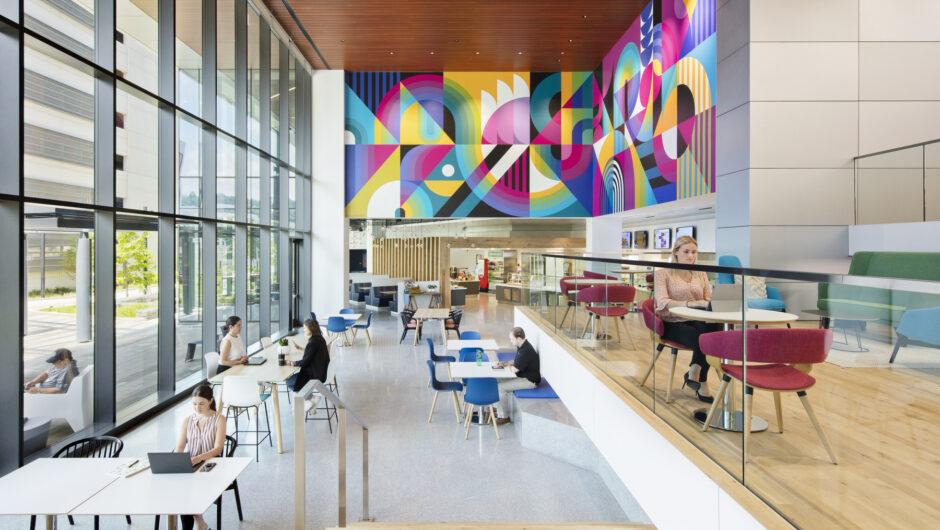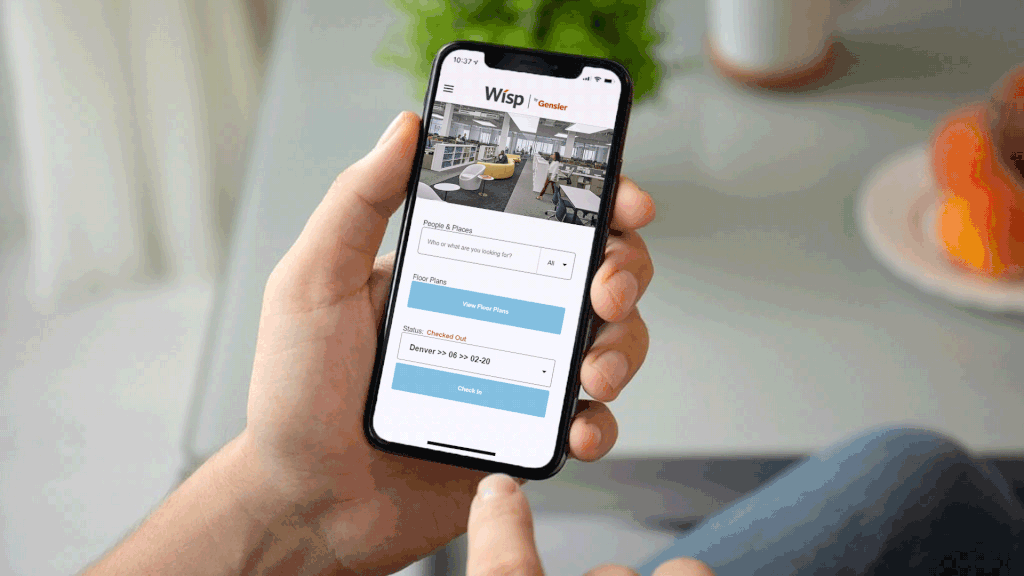By Remaining Flexible, the Hybrid Workplace Can Foster the Sense of Stability That Teams Are Craving
Throughout the pandemic, we have been able to continuously learn, shift, and test our resiliency as employees, leaders, and teammates. After two years of constant change, we’re hearing from many of our customers that their employees and teams alike are craving more stability — stability in their office culture, in their work environment, and from their amenities.
When creating a workplace experience that meets the expectations of today’s workforce, it’s imperative to explore options beyond the traditional status quo in the office. It’s important to understand consistent flexibility plays a vital role in creating stability in the hybrid workplace. As we continue to navigate the new workplace and new ways of working, organizations and leaders must look for new ways to create stability within our workplaces for our people and ourselves.

The Dynamic Employee Experience
The employee experience has changed, and creating a dynamic and seamless experience for individuals is more important than ever. Whether in-person, hybrid, or remote, workers want an experience that cultivates engagement, connectivity, and stability. With hybrid work here to stay, and as we continue to create this new framework for the workplace, we must continue to focus on the most important aspect of the organization — the people who power it.
According to Gensler’s most recent U.S. Workplace Survey, we know that in-office, remote, and hybrid employees are looking to work in-person with teammates and colleagues, have more flexibility within their work, and have more autonomy. As organizations and industry leaders, it is our responsibility to create a holistic approach to the employee experience by utilizing workplace planning tools and experiences to create what the workforce is seeking. As Gensler’s Global Director of Workplace Research Janet Pogue McLaurin states in her most recent blog, the new workplace amenity is being with other people, providing access to a variety of spaces, and cultivating the office experience to what employees need.
Creating stability in the workplace means providing employees with connection to their coworkers and teams, providing ease of use and collaborative amenities, and creating an experience where expectations are fluid. With change being the only constant in our worlds, providing workers with amenities and tools to create stability will be one way to meet the expectations of today’s hybrid workforce.
Enhance Workplace Stability with Tools
We know the workforce is craving stability, people-centric interactions, and a variety of additional amenities to create the new hybrid work environment. Offering a variety of tools allows individuals to create all these experiences themselves will not only satisfy their individual desires and provide them with autonomy and flexibility, but it also creates a way for the organization to track results and measure success in the hybrid workplace.
There are several workplace planning and space management tools to assist with this and many variations, but there are few that can truly give workers what they are really looking for. Some tools organizations have been implementing to answer the call of their workers include desk reservations, wayfinding tools, move management, reporting and analytics, and return to office planning. Implementing these workplace tools into everyday use creates stability for employees by providing routine, ease of use, and understanding of what and who to expect to interact with in different situations throughout the day. It marries the need for flexibility in today’s new workplace, while creating the consistency people are craving.
Consistent Service as an Experience
Finding amenities and tools to support your organization and employees is a way to not only enrich the workplace experience but to also create consistency for key stakeholders and end users. These tools work best when they rely heavily on the service associated with the product. This was seen throughout the pandemic with an assortment of new software and tools rapidly arising to meet the new needs of the workplace. While many of these tools have helped further collaboration, others have been inconsistent, unstable, and ineffective, leaving customers and employees alike feeling unsupported as they return to the office and maintain hybrid work patterns.
In addition to tools and software, it’s critical that organizations recognize the importance of working with vendors that can provide an additional sense of support and stability. In Gensler’s most recent City Pulse Research, we saw that today’s workforce desires more human interactions. Employees are seeking more stability from all aspects of their life — both in and out of the office. This emphasizes the idea that people are the newest amenity and underscores the importance of exploring vendors and their services as a top priority for organizations in need of third-party tools, amenities, and assets.
In a changing world, creating stability for employees within the workplace requires empathy and an understanding of what makes our organizations most efficient and productive. The utilization of powerful, emerging workplace software and services can help organizations provide workers with everything they are looking for in the reimagined (and reengineered) future workplace.
Schedule a demo of Wisp or contact our team below.
See How Wisp Can Deliver the Stability Your Team is Craving
For media inquiries, email media@gensler.com.




